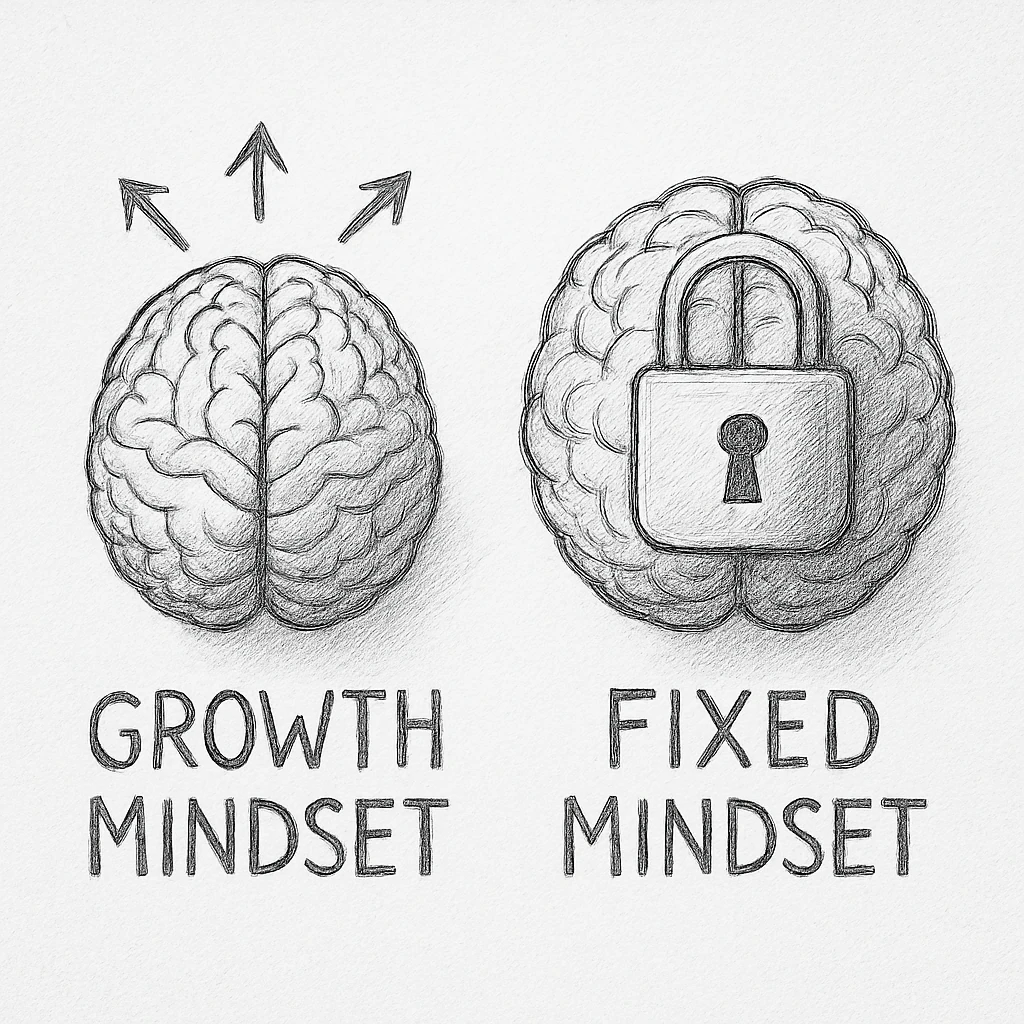
Why Feedback Matters More Than Ever
Imagine a workplace where no one tells you how you're doing until it's too late to fix it. It's probably not that hard to imagine - it's the norm in many organisations, and a cultural factor that a lot of time and money is spent trying to address.
In fast-moving, high-accountability workplaces, feedback is one of the most powerful tools leaders have. It's the bridge between performance today and potential tomorrow. Yet despite its importance, feedback is often avoided, poorly delivered, or interpreted as criticism rather than support.
This article draws on the latest research to help you build a feedback culture that increases both the frequency and quality of feedback across your organisation - one that drives performance, not just politeness.
These findings are consistent with broader research into psychological safety (Edmondson, 2019) and employee engagement trends (Gallup, 2023), which highlight feedback as a key driver of trust, learning, and retention.
The Feedback Culture Gap

A high-performance culture is impossible without strong feedback. It enables clarity, accelerates learning, and reinforces trust. Yet many organisations underestimate the systemic role feedback plays in how people work, lead, and improve.
Recent global research by SHRM adds to this picture, highlighting five cultural traits consistently found in effective organisations: honesty, civility, meaningful work, open communication, and empathy. Feedback underpins all five.
Yet giving feedback is often perceived as a "necessary evil" (Bouwens et al., 2025). Managers fear damaging relationships. Employees fear looking incompetent. Without deliberate design, organisations drift toward silence.
To close the gap, feedback must be seen as a learned organisational behaviour: something that is modelled, supported, and rewarded.
What the Research Says Works
1. Feedback Should Be Task-Focused, Not Person-Focused
Research by Lehmann et al. (2025) shows that feedback focused on the idea or task leads to stronger future performance. In contrast, feedback aimed at the person (e.g. "Thanks for your input") actually reduces motivation and idea quality.
Takeaway: When feedback targets the task, it invites learning. When it targets the person, it often triggers defensiveness. Focus on helping someone improve their work, not proving something about their worth.
2. Use Coaching, Not Critique
Zyberaj (2024) found that coaching-style feedback (forward-looking, facilitative) outperformed traditional negative feedback across all response categories, especially for employees with a growth mindset. The key differentiator? Coaching reflects a mindset of support and partnership, where the intent is to build capacity rather than to correct flaws.
Coaching helps people feel guided, not judged. It moves feedback from "what went wrong" to "where to grow".
Coaching-style feedback is ideal for most developmental scenarios. That said, some situations (such as compliance breaches or urgent safety issues) require more direct, corrective feedback. Even in these cases, clarity and fairness matter.
3. Leaders Must 'Authorise' Feedback Norms
Bouwens et al. (2025) identified that feedback becomes part of culture when leaders actively model it, structurally support it, and explicitly encourage it. This concept of organisational authorisation makes giving feedback a norm, not a personal risk.
Without this support, even people from strong feedback cultures become silent. With it, feedback flows more freely across teams.
4. Mindset Matters

People with a growth mindset interpret feedback as a learning opportunity (Zyberaj, 2024). Those with a fixed mindset are more likely to view it as a threat.
However, while a growth mindset increases receptivity to feedback, it’s only one part of the equation. Organisational systems and leadership behaviour shape whether that mindset is nurtured or undermined.
Building a culture of learning amplifies the impact of good feedback.
5. Clarity and Delivery Matter—Whether Spoken or Written
Lehmann et al. (2025) found that even constructive feedback loses its impact when it is unclear or overly complex. While their research focused on written feedback, the implications apply equally to verbal conversations.
Whether you're delivering feedback in writing or in person:
- Ambiguity creates confusion, not improvement
- Jargon and vague praise feel insincere
- Tone matters as much as content
Effective feedback is:
- Specific – tied to observable behaviours or outputs
- Actionable – offers a clear path forward
- Timely – delivered close to the moment
- Neutral in tone – focused on growth, not judgement
Training leaders in clarity, tone, and delivery is a high-leverage way to improve feedback culture.
Common Pitfalls to Avoid
- Vague encouragement ("Thanks for your idea!") without substance actually reduces engagement
- Over-personalised rejections (feedback that focuses on the individual rather than the work) trigger defensiveness rather than learning (Lehmann et al., 2025). These responses shift attention away from the idea or behaviour and toward self-image, reducing motivation and psychological safety
- Infrequent or delayed feedback weakens motivation (although research suggests timing has less impact than clarity)
Practical Strategies to Build a Feedback Culture
While feedback practices may differ across roles or industries, the principles of clarity, purpose, and psychological safety are universal.
- Embed feedback into rituals: weekly 1:1s, post-project reviews, peer feedback loops
- Train for coaching-style delivery: teach managers to guide, not just judge
- Reward the act of giving good feedback, not just performance outcomes
- Hire and support feedback-imprinted people: those who model strong feedback behaviours from past roles
- Track clarity: Use tools (like readability scores) or peer review to improve written feedback
Conclusion: Feedback as a System, Not a Script
Building a feedback culture isn’t about giving more performance reviews. It’s about creating a system where feedback is a normal, safe, and purposeful part of work.
With the right design, leaders can transform feedback from a risky confrontation into a shared commitment to growth. Feedback isn’t always comfortable, but with clarity and intent, even hard messages can build trust and drive performance.
If you’re a senior leader, start by reviewing how feedback is modelled and rewarded on your team. Ask: Is it safe to speak up here? Then commit to one structural change this month to move your feedback culture forward.
A Quick Decision Guide: Should You Give That Feedback?
Use this simple decision tree to improve feedback quality in the moment:
-
Is it about the work or the person?
- ✅ The work → Go to Step 2
- ❌ The person → Reframe in terms of observable behaviour or outcomes
-
Is it specific and actionable?
- ✅ Yes → Go to Step 3
- ❌ No → Add a clear example and suggested next step
-
Is the timing right?
- ✅ Yes → Proceed with feedback
- ❌ No → Consider how to reintroduce context so it lands effectively
-
Is your intent to help the person grow?
- ✅ Yes → Proceed with a coaching mindset
- ❌ No → Pause. Reconsider whether your feedback is helpful right now
Research Sources
- Edmondson, A. (2019). The Fearless Organization: Creating Psychological Safety in the Workplace for Learning, Innovation, and Growth.
- Gallup (2023). State of the Global Workplace Report. https://www.gallup.com
- SHRM (2023). Workplace Culture: Leveraging the Power of Culture to Retain Employees. SHRM
- Bouwens et al. (2025). Negative Feedback as a Necessary Evil
- Zyberaj (2024). The Effects of Supervisory Negative Feedback and Coaching
- Lehmann et al. (2025). Are You Judging Me or My Idea?